Scott #5A emerged during a period of substantial postal reform. The Act of Congress on March 3, 1851, heralded these changes, notably reducing the standard letter rate from 5 cents to 1 cent for distances up to 300 miles. This legislative adjustment made postal services more accessible to a broader segment of the population.
Scott #5A, with its 1-cent denomination, was instrumental in adapting to these new postal rates, facilitating the frequent and diverse use of the postal system. It was not merely a tool for personal correspondence but also played a role in business and informational mailings. Its introduction marks an era where the postal service began to play a more integral role in everyday communication and commerce.
Design & Print
The production of Scott #5A was a response to the postal reforms. It features a distinctive design, characterized by its 1-cent denomination. The design is notable for its depiction, which is part of a larger series of stamps. The stamp is particularly unique in its design variations, specifically in the Type Ib category, which is distinguished by its incomplete bottom design due to the burnishing of bottom ornaments.
This stamp comes exclusively in an imperforate form, making it a unique member of the 1-cent stamp types. Understanding its production requires an appreciation of the detailed plate positions used in its printing. These plate positions include 6RIE and 8RIE, where the bottom ornaments were slightly burnished, and 3RIE, 4RIE, 5RIE, and 9R1E, which experienced more significant burnishing of the bottom ornaments.
The method of identifying the plate positions is intricate, involving a combination of numerical and alphabetical indicators that signify the specific location on the printing plate, the pane of origin (right or left), the plate number (indicated in Roman numerals), and the state of the plate (early or late).
Postal Usage
In the context of its postal usage, Scott #5A’s 1-cent denomination was crucial. It covered the newly established rate for local deliveries, as well as the postage for newspapers and circulars. This was a significant departure from the previous 5-cent rate, making postal services more accessible and affordable. The introduction of Scott #5A can be seen as a direct response to these changes, facilitating the more widespread and frequent use of postal services for a variety of mailing purposes.
Identification
Identifying Scott #5A requires a nuanced understanding of its design features. Like the Type I, the top and sides of the Type Ib stamp feature a complete design, however the bottom is characterized by a partially incomplete design, with some of the bottom ornaments having been burnished off and the plume-like scrolls at the bottom are incomplete.
For the average collector, identification can be challenging, especially when the bottom of the stamp is closely cut or intrudes into the design. The distinctions between the slightly burnished positions (6RIE and 8RIE) and the more significantly burnished positions (3RIE, 4RIE, 5RIE, and 9R1E) are crucial for accurate identification. Each position, defined by its unique combination of numerical and alphabetical indicators, reveals the stamp’s origin and provides clues to its specific characteristics.
Scott #5A is not just a postage stamp; it is a reflection of a transformative period in American postal history. Its design, production, and usage offer insights into the technological, cultural, and economic factors that shaped postal services in the United States during the mid-19th century. Its unique characteristics make it a significant subject of study for those interested in philatelic history and the evolution of postal communication.
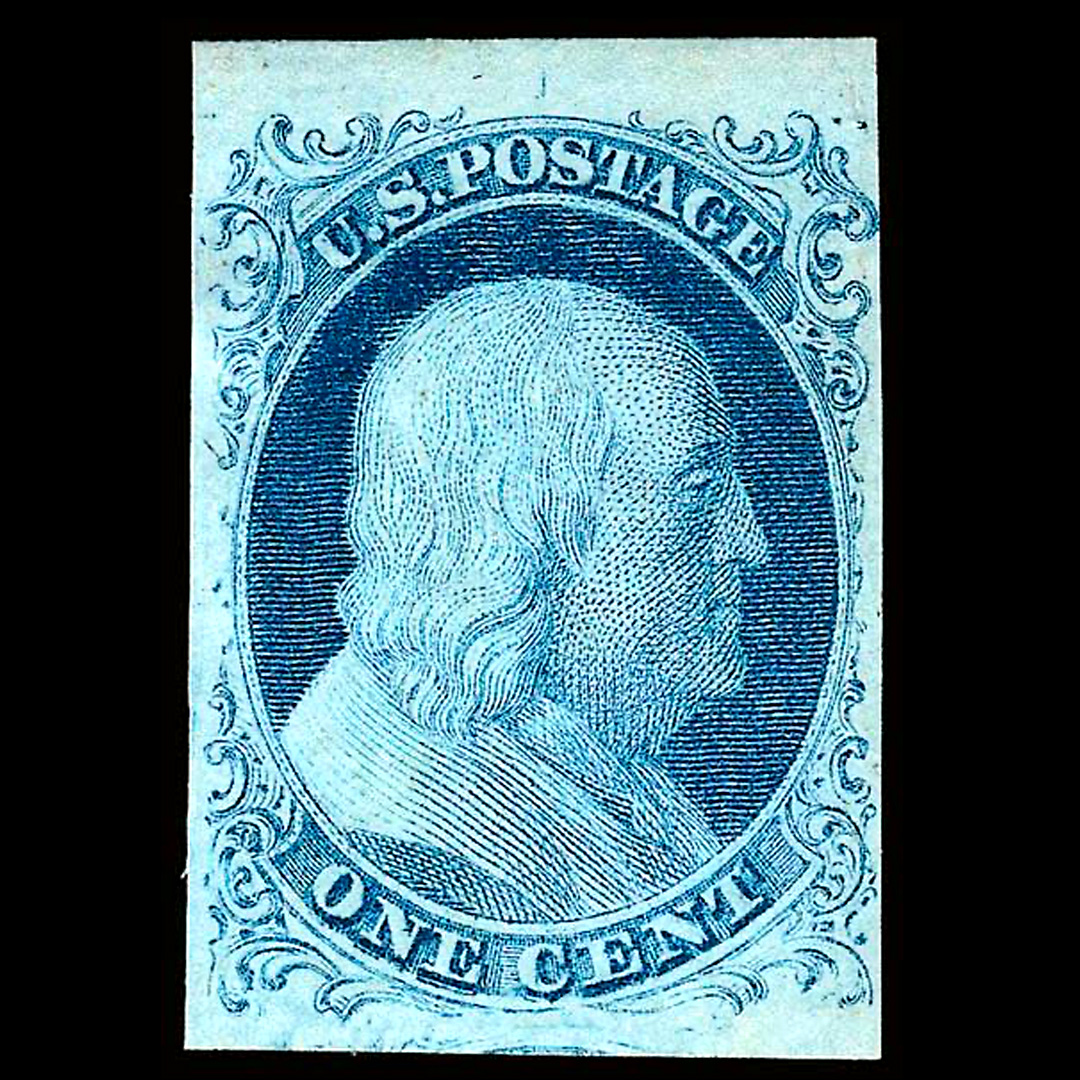
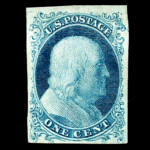
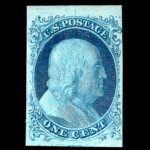
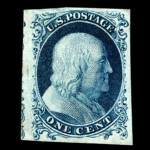
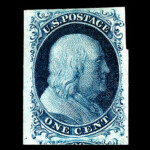
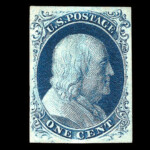
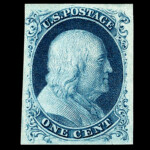
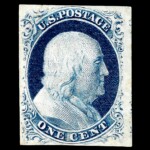
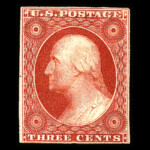
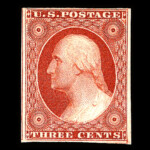
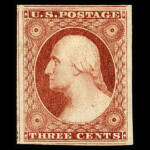
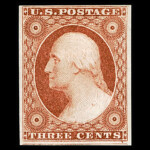

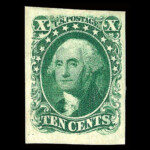
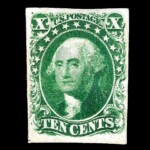
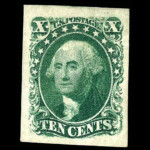
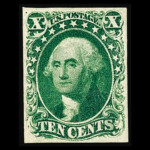
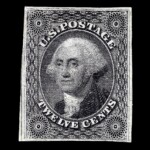
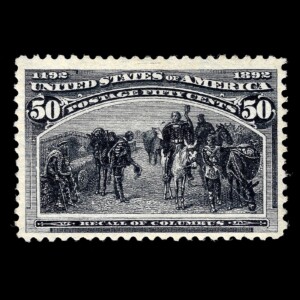
















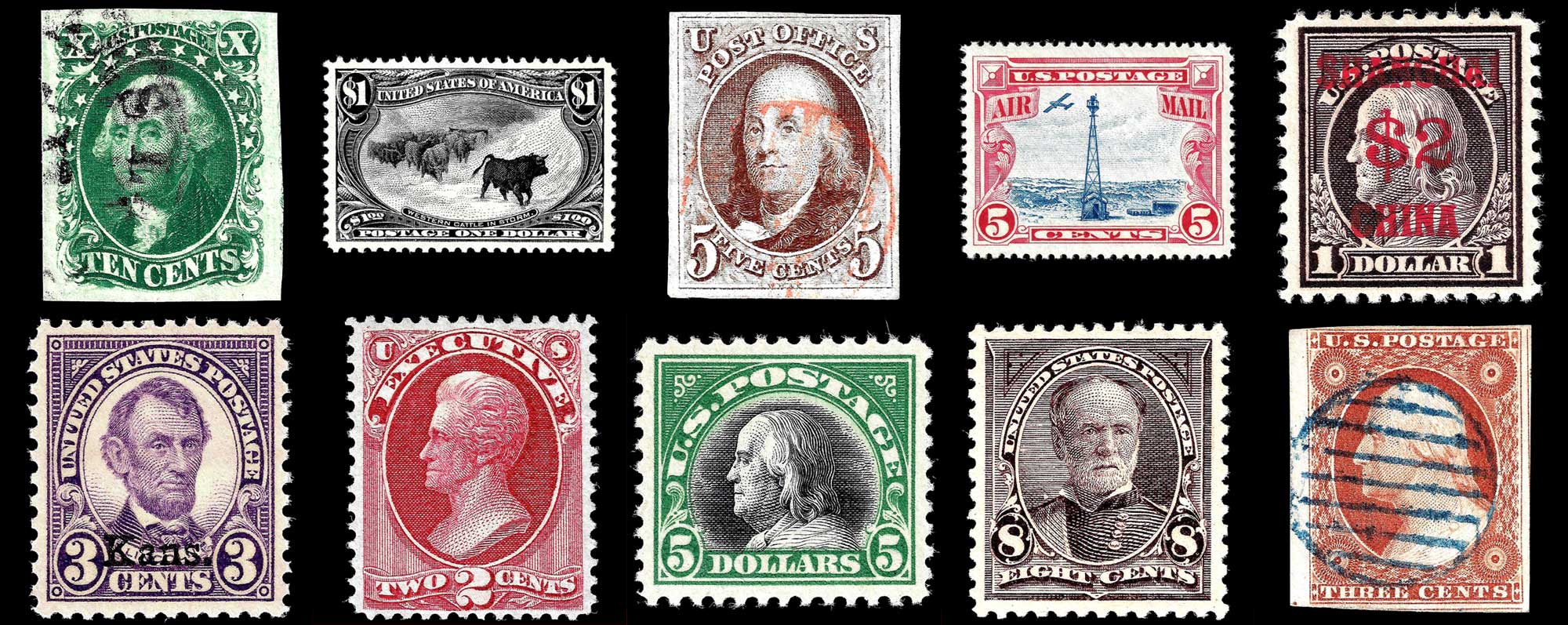
Ask A Question Or Leave A Comment